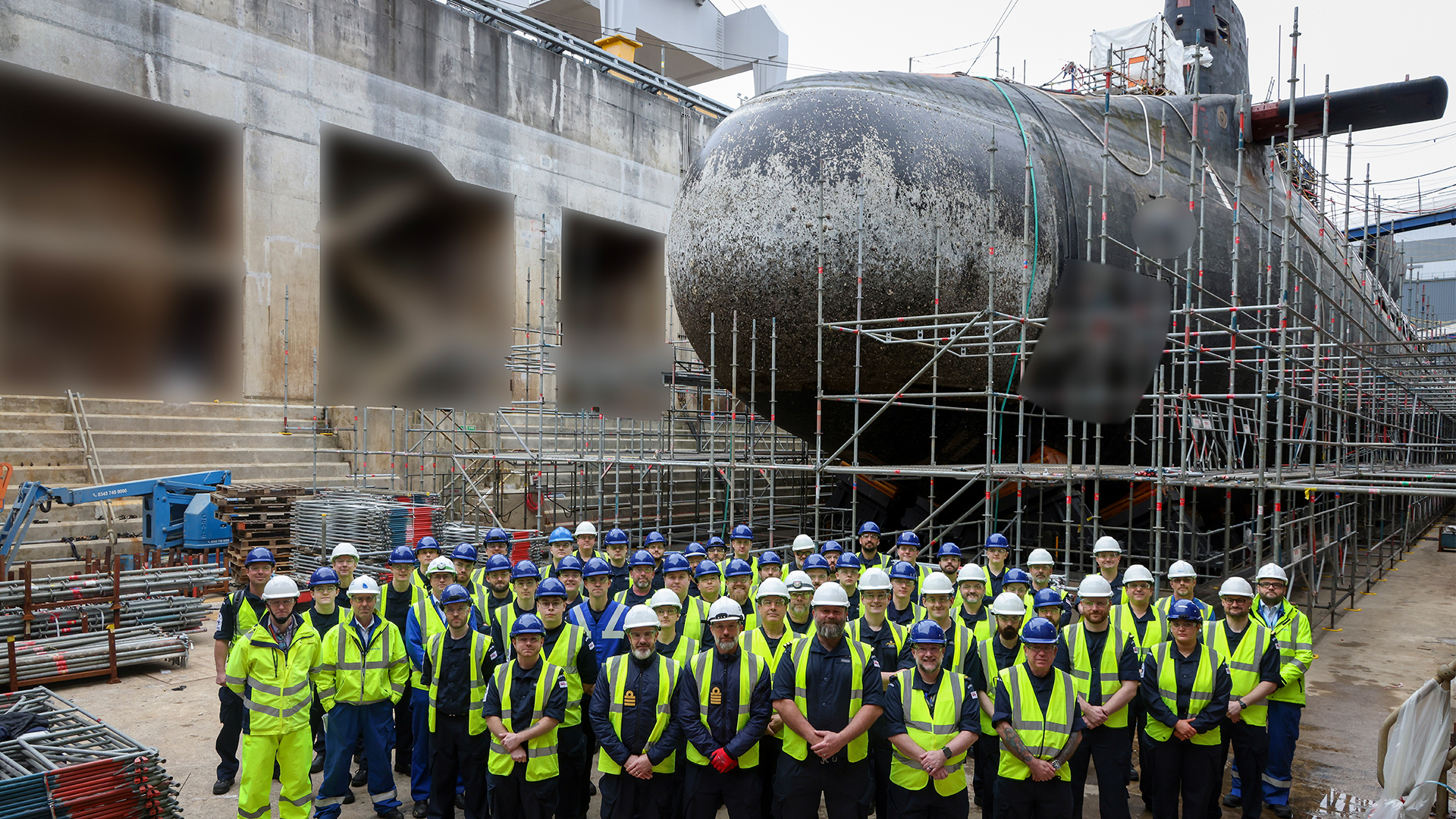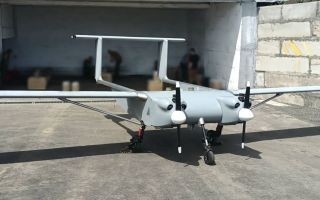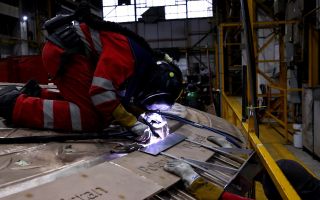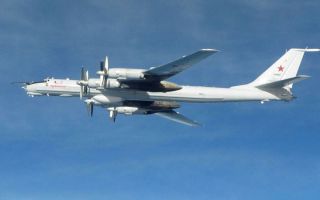
Nuclear sub HMS Victorious enters dry dock as part of her £560m refit and overhaul

HMS Victorious has entered dry dock at Devonport naval base for a major regeneration project that will extend her service life well into the 2030s.
The Vanguard-class submarine, launched in the early 1990s after being built during the Cold War, is one of four Royal Navy vessels that carry the UK's Trident nuclear missiles.
Together, they maintain the Continuous At-Sea Deterrent, Britain's round-the-clock nuclear defence posture since 1969.
Now out of the water in the upgraded 9 Dock, HMS Victorious is undergoing maintenance as part of a £560m refit carried out by Babcock and the MOD's Submarine Delivery Agency.
Before entering dry dock, the 16,000-tonne sub began maintenance afloat in Devonport's 5 Basin.
That initial phase involved several complex tasks, including some never attempted on a ballistic missile submarine while in the water.
"The afloat phase has seen some extremely innovative engineering solutions and several in-water firsts for a ballistic missile submarine, including reactor de-pressurisation and removal of missile tube muzzle hatches, which has only been achieved by working together as one team," said Commander Simon 'Bob' Church, Commanding Officer of HMS Victorious.
Built in the 1980s and in service since the mid-1990s, Victorious is undergoing capability upgrades and revalidation of safety-critical systems.
Captain Ben Stafford, Superintendent Submarines, said: "Everyone in the Defence Nuclear Enterprise recognises the importance of this maintenance period to the UK's national security and that is why our work to ensure HMS Victorious returns to operations as soon as possible matters."
The UK's nuclear deterrent is made up of four Vanguard-class submarines – HMS Vanguard, HMS Victorious, HMS Vigilant and HMS Vengeance. At least one of them is always on patrol.
The ageing Vanguard subs are set to be replaced by the brand-new Dreadnought-class currently in production.
The first of the four Dreadnought submarines is expected to enter service in the 2030s.









